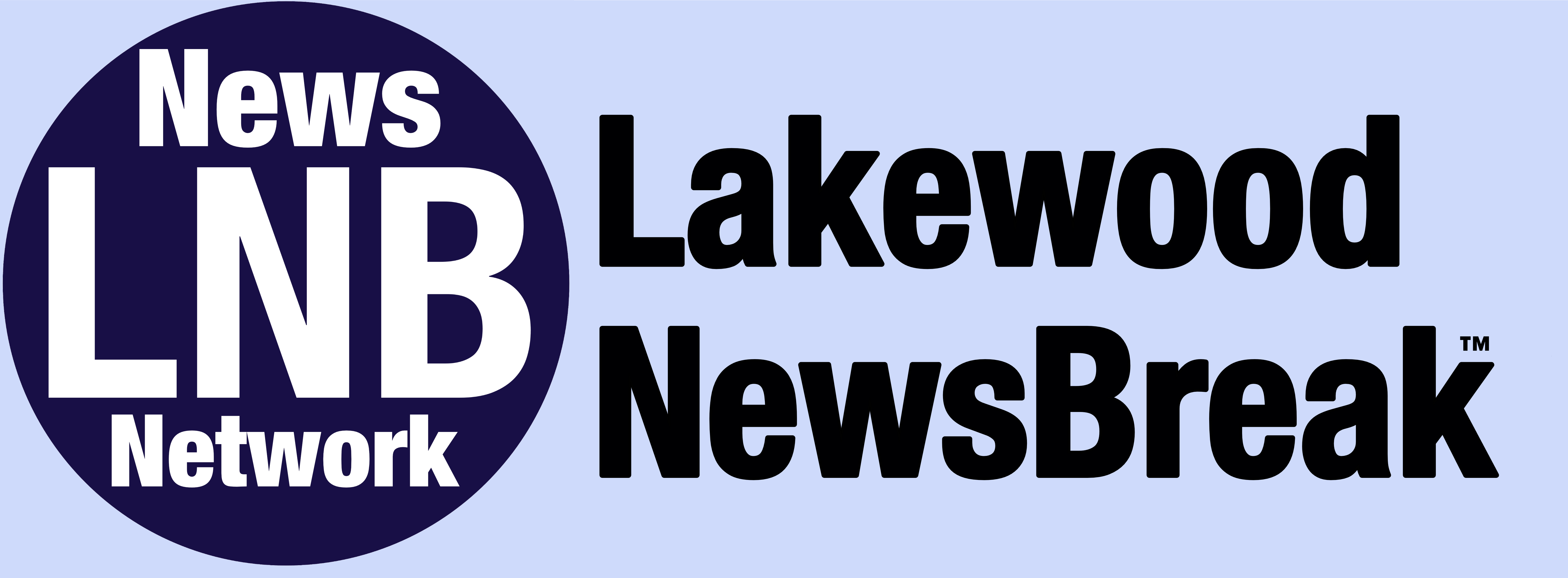I'm a financial planner. When my client launched her small business, we solved 3 problems to strengthen her plan.
I'm a financial planner, and one of my favorite things is helping my clients become successful entrepreneurs.
The offers and details on this page may have updated or changed since the time of publication. See our article on Business Insider for current information.
Affiliate links for the products on this page are from partners that compensate us and terms apply to offers listed (see our advertiser disclosure with our list of partners for more details). However, our opinions are our own. See how we rate products and services to help you make smart decisions with your money. Beyond Your Hammock, Rachel Lehman
- I'm a financial planner, and I helped one of my clients start a personal training business.
- I would normally never advise cutting retirement savings, but that was key to going all in on her business.
- Having a financial planner who can assess your business plan makes it easier to find clarity.
I'm a financial planner, and one of my favorite things to do within the wealth management firm I started 12 years ago is helping other aspiring entrepreneurs reach their own goals of launching successful ventures.
That's exactly what we got to do last year with one of our amazing clients, Karina Ripps.
Ripps is a certified run coach, a personal trainer, a nutritionist, and the founder of Ripps on the Run. She and her team of coaches help runners hit their long-term goals through coaching and training.
Today, being the CEO of her company is Ripps' full-time job. But when we started working together, she still worked a corporate job — and she was determined to start devoting all her time and energy to her own business.
Making the transition from successful side hustle to full-time entrepreneurship
Ripps started Ripps on the Run in the depths of the COVID-19 pandemic, while juggling a full-time corporate job.
In late 2020, she made a bold move — investing $1,500 in a business coach. "I had no income from my business, and I remember texting a friend, panicking," Ripps said.
But the bet on herself paid off: She made $50,000 in her first 12 months after launching her business.
"I stayed on that grind for three years," Ripps said, "juggling my full-time job, marathon training, and my growing business."
Ripps and I worked together to confirm that her goal to quit her 9-to-5 and focus on building the business wasn't just a leap of faith. It was a strategic, financially sound move.
We focused on three areas of her financial plan so she could confidently move into the role of full-time entrepreneur and business owner.
1. Controlling (and freeing up) cash flow by reducing retirement savings
Ripps' business was generating a healthy amount of income, but it didn't yet replace her full-time salary (and in Boston, where we both are, the cost of living is sky-high).
Knowing this, her biggest priority would be to reduce money going out the door. The less she had to spend, the more she reduced the chances she'd need to dip too far into savings and the more runway she could create for her business to grow.
We advised Ripps to not just minimize extra spending in the short term, but also stop saving for retirement.
This goes counter to almost any financial advice out there, but there are situations in which it makes more sense to invest in yourself now than in your very long-term financial future.
Ripps found that reassurance was invaluable. "I gave my business 100%, and that made all the difference," she said.
2. Developing structure and clarity with ongoing support
Ripps never lacked grit, determination, or initiative; launching a run coaching gig during the pandemic already proved she had the business acumen and drive to succeed without relying on a full-time job.
But when you have so much going on, it can be hard to step back from a massive goal and see a clear, organized order of operations to take you from here to where you want to be.
"I was so deep in the daily grind between coaching, working my 9-to-5, training, and handling life that I didn't have the mental bandwidth to sit down and make sense of my finances," Ripps told me. "Having a second set of eyes on my numbers was invaluable."
When we first sat down to create a financial plan together, based on assumptions around personal expenses and expected business revenue growth over time, we decided that quitting her corporate job to focus on her business was a reasonable move to make.
3. Creating contingency plans, just in case
Even with a strong plan, no transition is risk-free. To protect her financial stability, we outlined a clear backup plan: If business growth was slower than expected, she'd consider picking up a part-time job.
When unexpected challenges arose, we adjusted projections, reassessed strategies, and confirmed she was still on track.
"By the time I officially made the transition, I wasn't nervous," Ripps told me. "I was ready and protected in case things didn't go to plan right off the bat. When I finally quit my job, I had zero doubt that I was making the right decision."
Today, not only is Ripps' thriving business helping runners, but she's also guiding other run coaches to launch and scale their own coaching businesses — turning her own experience into a blueprint for others.










